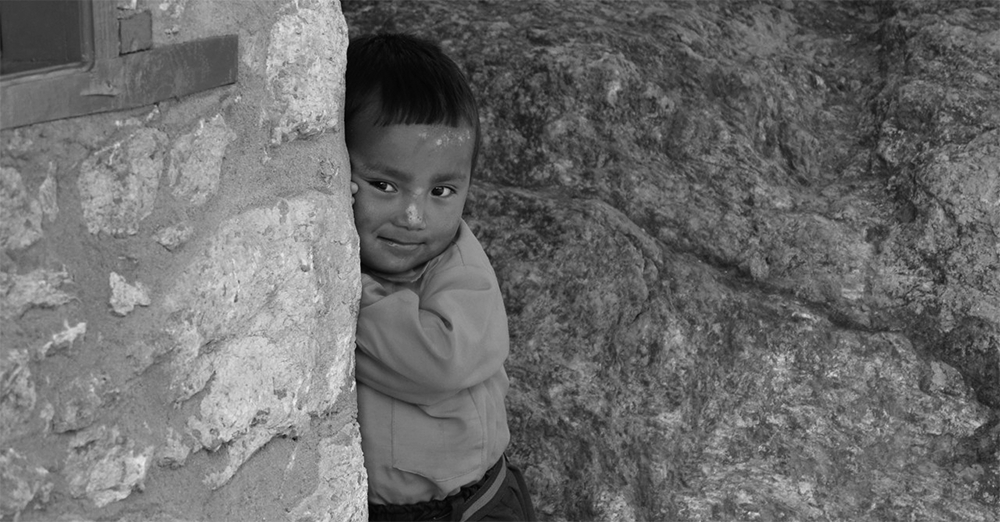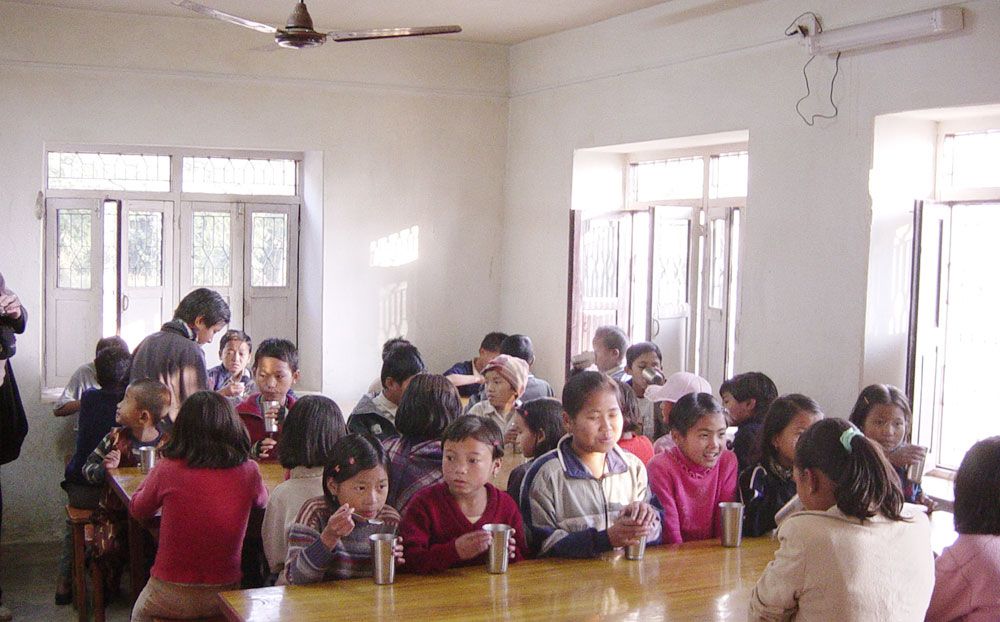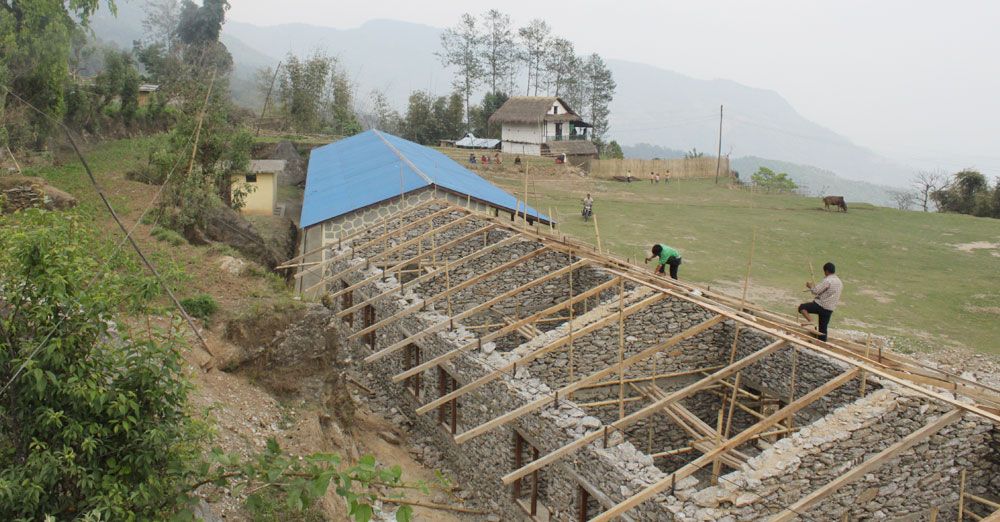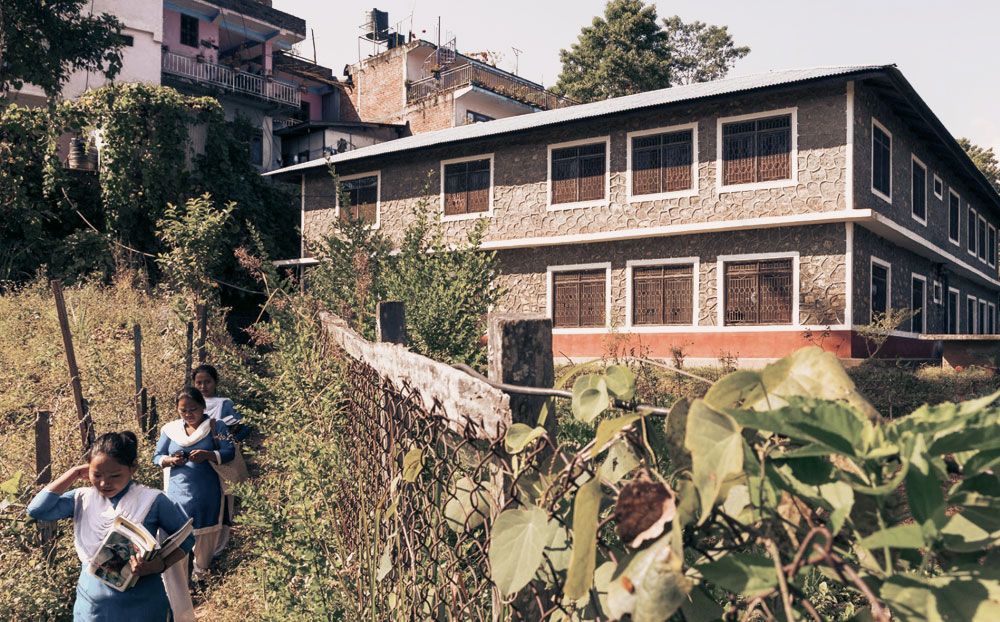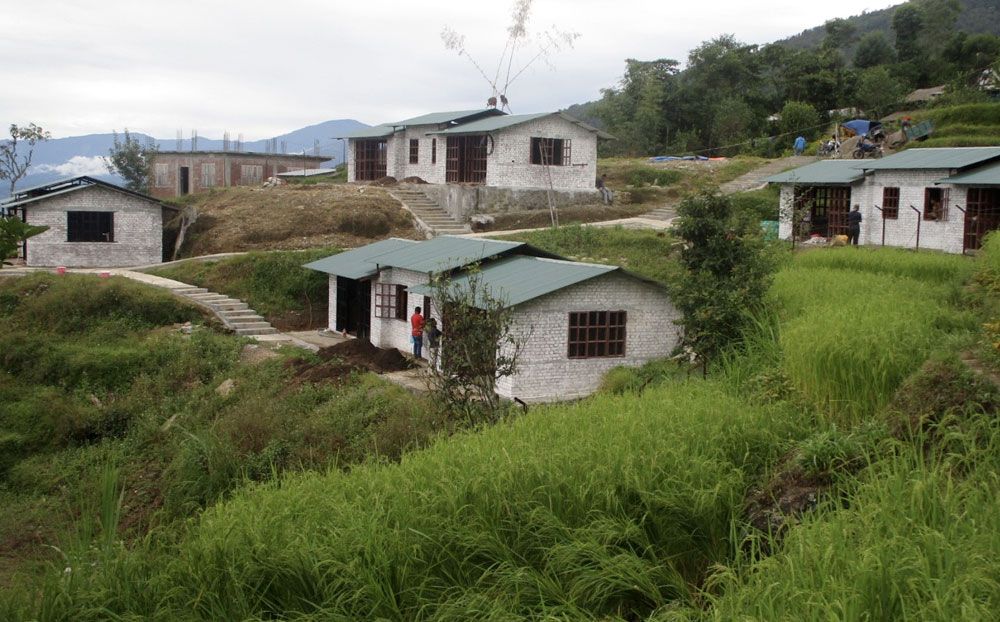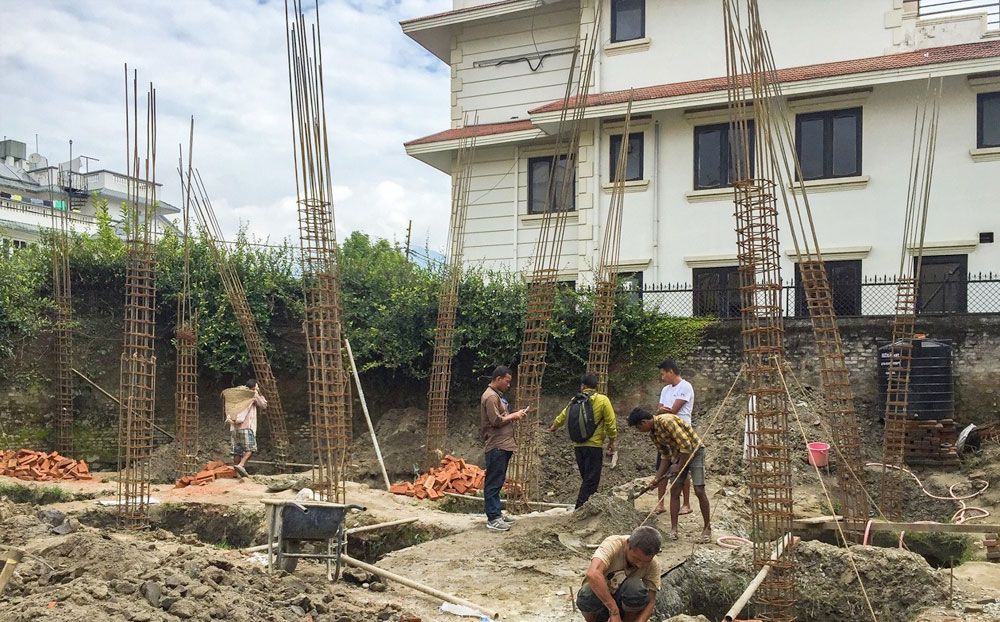Cunina Nepal
History
Cunina has been working to improve the lives of Nepali communities for over 2 decades. Cunina has contributed to the education sector, health sector, Water, Sanitation and Hygiene WASH sector, along with youth empowerment and employment
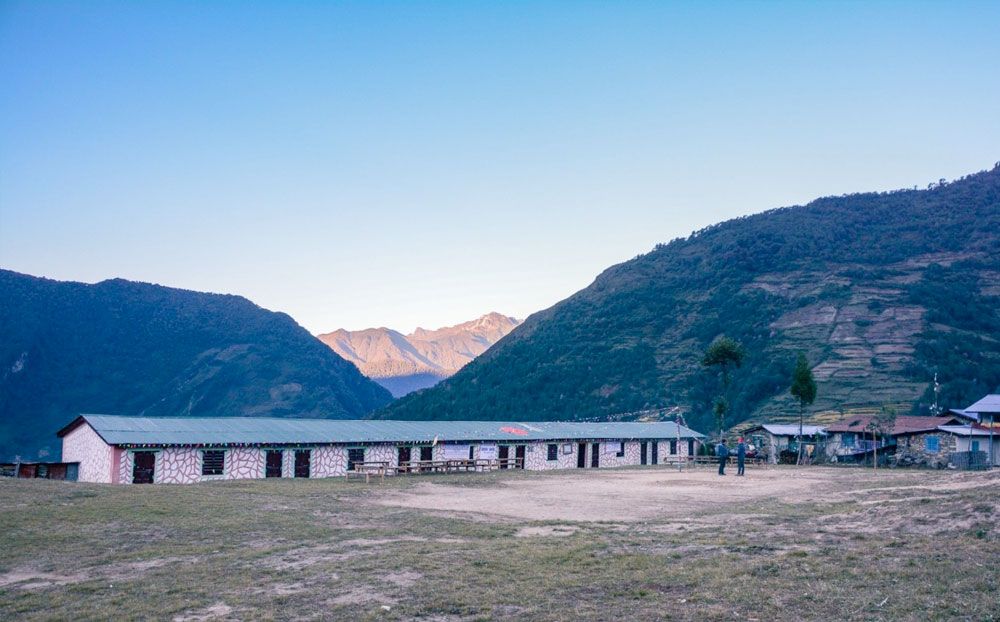
Started another secondary school in Chepuwa with 6 classrooms, @ 2200m
close to the tibetan border for 296 students.
Cunina Boarding School in Sekaha has 9 furnished primary school classrooms, 3 furnished kindergartens, recreation hall, sanitary blocks, 5 computers, 2.5 K water pipes and 2000L water tank for 300 students. Arun Valley school has 165 students, 10 classrooms, 3 kindergartens and a sanitary block
Cunina Boarding School in Sekaha has 9 furnished primary school classrooms, 3 furnished kindergartens, recreation hall, sanitary blocks, 5 computers, 2.5 K water pipes and 2000L water tank for 300 students. Arun Valley school has 165 students, 10 classrooms, 3 kindergartens and a sanitary block
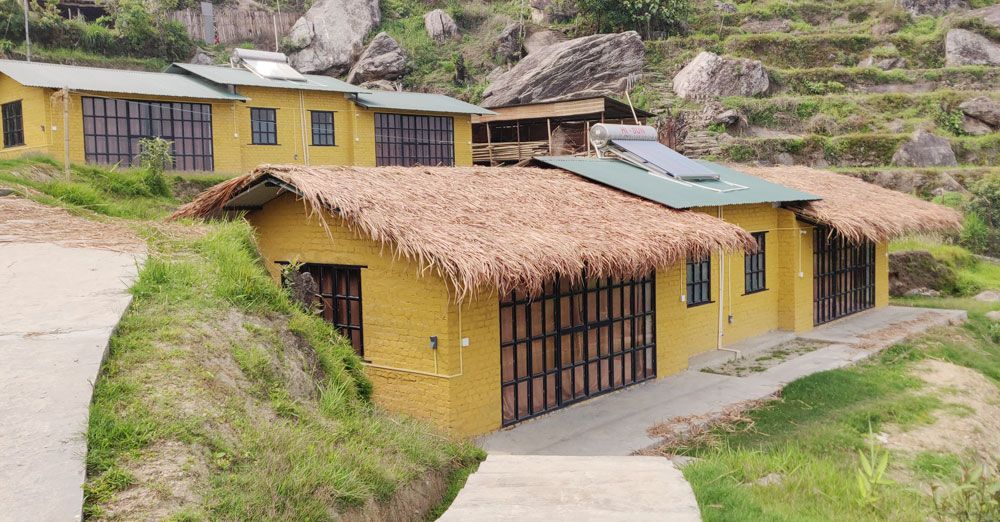
The construction for the green village has begun, constructing 8 homes.
Cunina is building a total of eight houses in the Green Village. Only tourists will
be able to stay in these houses. Here, the students of the hospitality training can
put their knowledge into practice and complete their internship by helping the
visitors of the Green Village. After their internship, they will be ready for a job in
the tourism sector.
The second step is to invest in an agricultural training, because the Nepalese mountain people eat almost the same thing every day. The students will learn how to grow vegetables that are hard to find in the region. These vegetables will be used in meals for the tourists and those that remain will be sold at the local market.
This way, the project will become self-sufficient. Cunina will use the money earned from the tourist residences and the agricultural training to invest in the quality of the education at the Cunina Boarding School.
The second step is to invest in an agricultural training, because the Nepalese mountain people eat almost the same thing every day. The students will learn how to grow vegetables that are hard to find in the region. These vegetables will be used in meals for the tourists and those that remain will be sold at the local market.
This way, the project will become self-sufficient. Cunina will use the money earned from the tourist residences and the agricultural training to invest in the quality of the education at the Cunina Boarding School.
